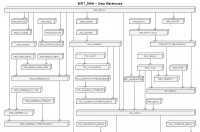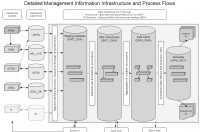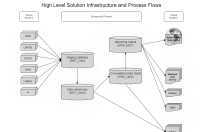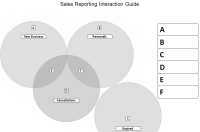


I deal with data!... often from different sources and in different formats; it is the most valuable asset a business has that is not recorded in the accounts
Large corporations have large volumes of data that sit behind their operational systems; generally called back office, but it orchistrates the way the business runs and operates
This needs to be modelled into a design that may be optimised for storage (a data warehouse) and thus reduncancy and duplicity of data is removed to minimise the space this takes up

Data needs to be mapped and consolidated so that a single common data model is produced and it is restructured to make sense to all users
Business rules can and are applied in order to map or conform to the actual business running, giving a single version of the truth that is consistant and accurate
The solution needs to be able to grow with the business, so technical restrictions need to be removed during the modelling process

Once data has been transformed and stored, further consolidation can take place into star or snowflake schemas which are optimised for reporting output to the business
Constructed of facts and dimensions, even conformed dimensions at times, this can be logged and traced through the database and scheduled to ensure even data flow
Best practices need to be adopted so that processes can be run many times with the same results, thus giving an idempotent process which needs little or no manual management

From the new consolidated and centralised data, reports and managed queries can be produced to supply the business with the data it needs
This allows decisions to be based on fact rather than fiction, using statistical analysis to understand their market and progress before commitment
It is also gives the best single outlet for detailled deconstruction of historic events and trends, demonstrating market conditions or business initiatives success or failure
Integrate data from multiple source systems, enabling a central view across the enterprise. This benefit is always valuable, but particularly so when the organization has grown by merger
Mitigates the problem of database isolation level lock contention in transaction processing systems caused by attempts to run large, long running, analysis queries in transaction processing databases
Improve data quality, by providing uniform codes and descriptions, flagging or even fixing bad data, presenting the organisations data in a consistent manner
Maintain data history, even if the source transaction systems do not and provide a single common data model for all data of interest regardless of the data's source
Restructure the data so that it makes sense to the business users as well as delivering excellent query performance, even for complex analytic queries, without impacting the operational systems
Cross-source data enrichment such as Customer Relationship Management benefitting from detailed transaction analysis adding to customer profile data